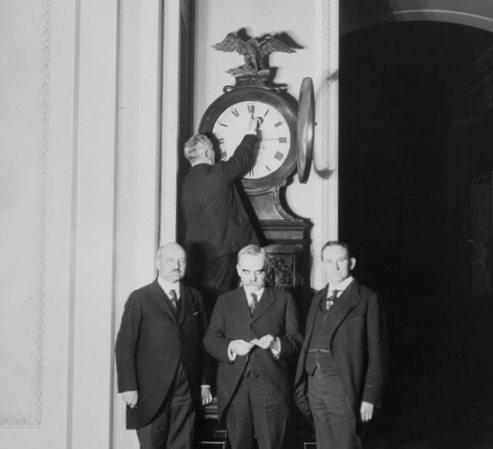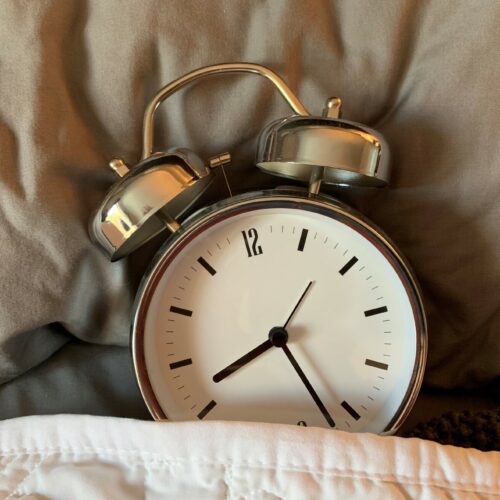
Dread The Dark? West Coast Lawmakers Say It’s Time To Stop The Clock ‘Fall Back’ Routine
Listen
According to some Oregon and Washington legislators, it’s high time to get rid of the twice-yearly ritual of changing clocks.
This past month, 60 percent of California voters approved Proposition 7, a ballot proposition to make daylight saving time permanent. Washington state Sen. Jim Honeyford said it would be best if all the West Coast states synchronized their watches.
“I think we have to because we are trade states,” Honeyford said. “It’d be very good for all of us to do it together.”
Honeyford said he plans to introduce a measure to go on Pacific Daylight Time year-round when the Washington Legislature reconvenes in January. Oregon state Sen. Kim Thatcher said she will take the lead on a coordinated campaign in Oregon’s 2019 session.
It will be easier to get the federal government’s attention if Oregon, Washington and California work together, said an aide to Sen. Thatcher on Monday.
Two states — Arizona and Hawaii — already dispense with the biannual time change by staying on standard time year-round. In contrast, the West Coast states want to adopt daylight saving time year-round in order to have more natural light in the late afternoon in winter.
The coastal states need an act of Congress to switch to Pacific Daylight Time permanently. States can adopt year-round standard time, however, without going through Congress.
Honeyford believes that the twice-yearly time shift is an inconvenience that no longer solves the main issues it was supposed to address. The Republican from Sunnyside, Washington, cited research that found that shifting an hour of daylight from evening to morning produces negligible energy savings. He also said it’s an “old wives’ tale” that farmers need the biannual time change.
“Research indicates that there are more auto accidents the week of the changes,” Honeyford said. “There are more illnesses. We actually had an aunt who has since passed away who would get sick every time the time changed. Students don’t do as well on tests.”
Honeyford previously sponsored legislation in the 2017 and 2018 sessions to abolish the biannual clock changes, but those barely saw the light of day in Olympia.
Thatcher previously took a run at this too and didn’t make headway either. Her earlier legislation in 2015 proposed to switch to standard time permanently, provided voters approved at the next election. That bill never moved out of committee.
This November’s California proposition was referred to the statewide ballot by the legislature. For the measure to take effect, the California Legislature needs to re-pass to policy with a two-thirds vote and then wait for Congress to amend the Uniform Time Act to permit year-round daylight saving time.
In the California voter guide, state Sen. Hannah-Beth Jackson argued against permanent daylight saving time.
“It would be light in the evening in the summer, as it is now, but winter mornings would be dark for an extra hour so children would be going to school in the dark,” Jackson said.
Copyright 2018 Northwest News Network

U.S. Senate Votes To Make Daylight Saving Time Permanent
U.S. Senate votes to make Daylight Saving Time permanent. CREDIT: HENRIQUE SIMPLICIO / FLICKR/FLIC.KR/P/F1JXBL Listen Tom Banse reports on efforts to make Daylight Saving Time permanent / Runtime: 1 minute

Daylight Saving Time Starts Sunday – Industries Mixed On Ditching The Switch
Read Daylight saving time starts early Sunday morning, so remember to set your clocks ahead by an hour this weekend. That’s despite the fact that Oregon and Washington have passed

Washington State Lawmakers Propose Year-Round Standard Time To Get Around Congress
Washington state senators are trying a new gambit to stop the twice-yearly ritual of changing our clocks from standard time to daylight time and back again. A previous effort to move the whole West Coast onto permanent daylight saving time failed to win requisite congressional support. So now, a bipartisan group of state lawmakers is pushing for Pacific Standard Time to be observed year-round.















